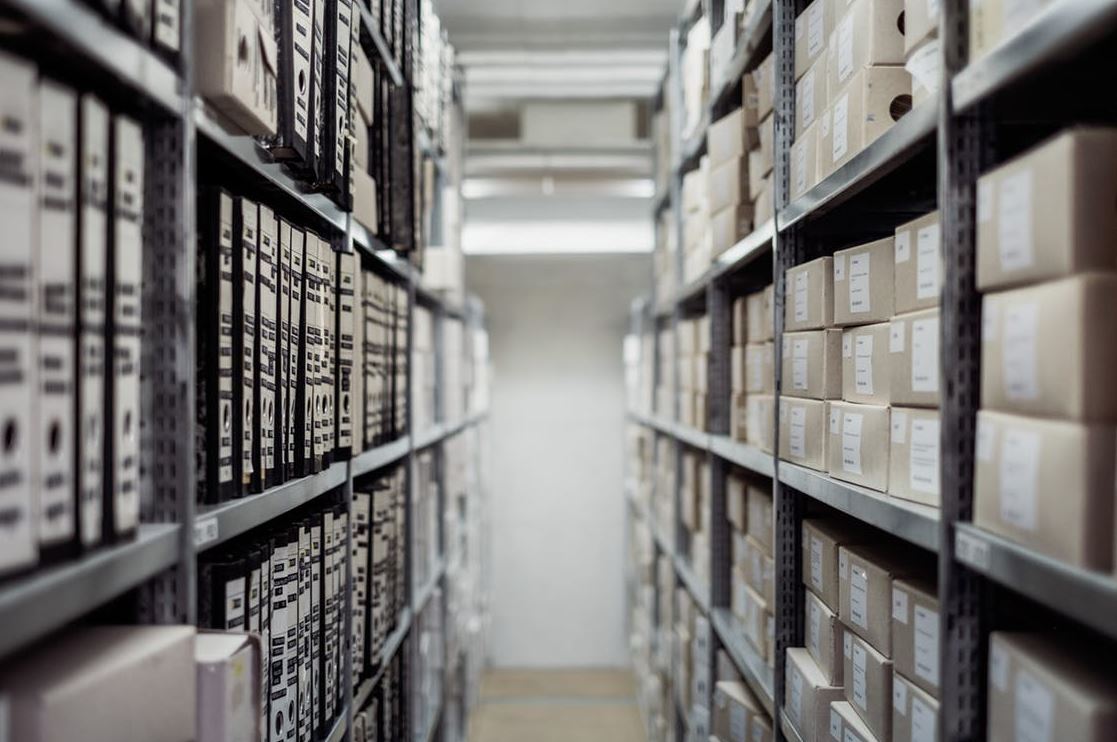As your business grows you’ll find you’re always looking for extra storage space. It’s important to maximize the space you have before you start spending money on building additions or leasing a whole new warehouse. Better organization makes you more efficient as well as saving money. Here are some storage tips for utilizing the space you have.
1. Maximize vertical space
Don’t think in terms of square feet, but cubic volume. If you can find tall, stable racking systems, you can stack items ceiling to floor. For convenience and safety’s sake, lighter and least-used items should go at the top. Dual-story metal platforming can give you office space and equal storage space at the same spot. Don’t overlook shelves in niches, and shelving installed over worktables or office equipment.
2. Follow workflows
Make up workflow diagrams of the key processes that you do every day. Try to organize the materials and equipment needed so that they are as close to the point of usage as possible. Increase the storage capacity at these points so less movement of materials is needed. Minimize space and stop ordering in bulk on anything that isn’t quickly turned over in these processes.
3. Set priorities
Determine your ordering priorities based on demand, shelf life, and lead time. Review your order history on every item, both in raw materials and product. Set a minimum inventory level for every SKU in your warehouse. Whatever is needed most often or takes longest to deliver should be kept on hand in the appropriate quantities. Things that are seldom used but involve fast lead times you may not need to keep in inventory at all.
4. Rental units
No matter how carefully you calculate inventory, you may find you’ve ordered too much. Occasionally you may come across a bulk price that’s too good to pass up. Instead of setting aside empty space on premises to cope with these events, consider leasing a storage unit at a place like United Moving and Storage. You can find them in a variety of sizes, and usually at a low cost to make a great temporary storage solution.
5. Consolidate small items
Smaller, non-fragile items should be stored loose in palletized bins rather than boxes to take up less space. For small parts that are related and often used together, such as machine parts, store them separately in a single rack where the allotted space can be quickly and easily re-distributed to conserve space yet accommodate demand.
Whether you’re using software or a paper system, understanding your logistics is crucial to efficiency. The first step is well-organized storage.


